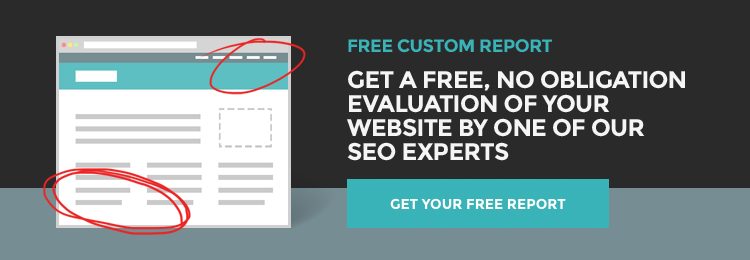
Content marketing is meant to create value for your business, but if you’re not seeing the return you want, how do you know where to apply more effort? One of the key components of an agile content plan is to evaluate what you already have through a content audit. I know it’s a boring tax term, but a good audit will highlight the content that’s missing as you look create leads or engage your customers.
Content audits can get quite detailed, but if you’ve never done one before, start by gathering information how much content you have and which audience you’re talking to. Here’s three basic things to measure.
1. Content consistency
How often do you publish and share new content? Regardless of the content type, odds are you’re not publishing enough.
Yes, there is some danger of tiring an audience if you’re primary distribution channel is email, but if you average more than five days between relevant content pieces, you are missing an engagement opportunity. And, if you’re primary outlet is a blog, increasing publishing frequency will directly increase organic traffic.
Review your content for the last quarter and get an idea of how often you publish. If you’re looking for impact, the more you publish and distribute to social media, the more traffic and social growth you can achieve.
2. Audience development content
Once you know how much content you have, you should evaluate it for how it helps parts of the sales funnel.
Looking to create new lots of leads? Figure out how much introductory content, like blogs, you have. Looking to create warm prospects? Measure how much high-value content, like whitepapers and ebooks, you have.
Blogs are great for producing interested leads. High-value content tends to be gated and is focused on grabbing detailed prospect information to accelerate the funnel. If part of the funnel is missing, you’ll be surprised at how your content aligns with what you’re missing.
3. Client retention
The final thing to measure in your initial content audit is how much content you’ve created for your existing customers. Tackling common questions your customers ask and sharing those answers during retention or upsell opportunities is a great sales/customer service tool.
Surprisingly, when many teams get to this part of the audit they realize it’s hard to measure – because they don’t have any content at all. That’s a major issue.
Getting started with a content audit
Try this simple audit and you’ll quickly see how understanding the volume and type of content you’ve created will refocus your agile strategy to drive value.
For example, at Beegit, this evaluation is one part of a larger process to tighten our content strategy quarterly, and it’s producing results in 2015. First, our blog pushes a tremendous amount of new sign-ups, but our last audit showed we weren’t publishing enough. We’ve doubled our post frequency and increased the amount we’re sharing on our strongest social channel, Twitter. The early result: February was the second-best inbound sign-up month in our history.
Second, we’ve found that our happiest customers regularly engage with our best practice content, so we’ve placed emphasis on engaging all customers through fresh in-app content (delivering it through Intercom, which is stunningly perfect for this practice).
Those are the basics. Need help getting started? We love helping with content audits at Beegit. Shoot us a note and we’ll talk. Just finished an audit? Tell us how it went.


